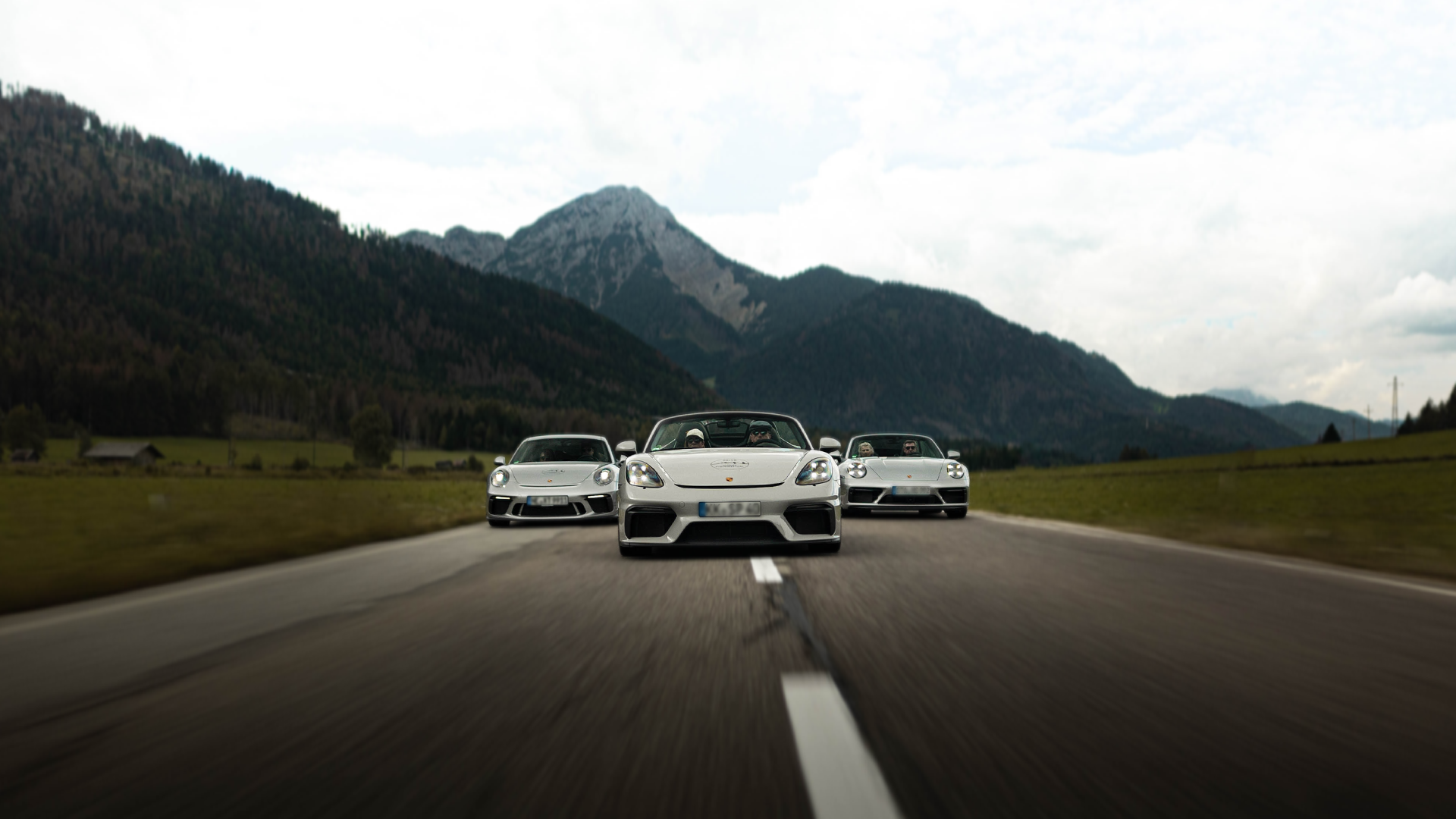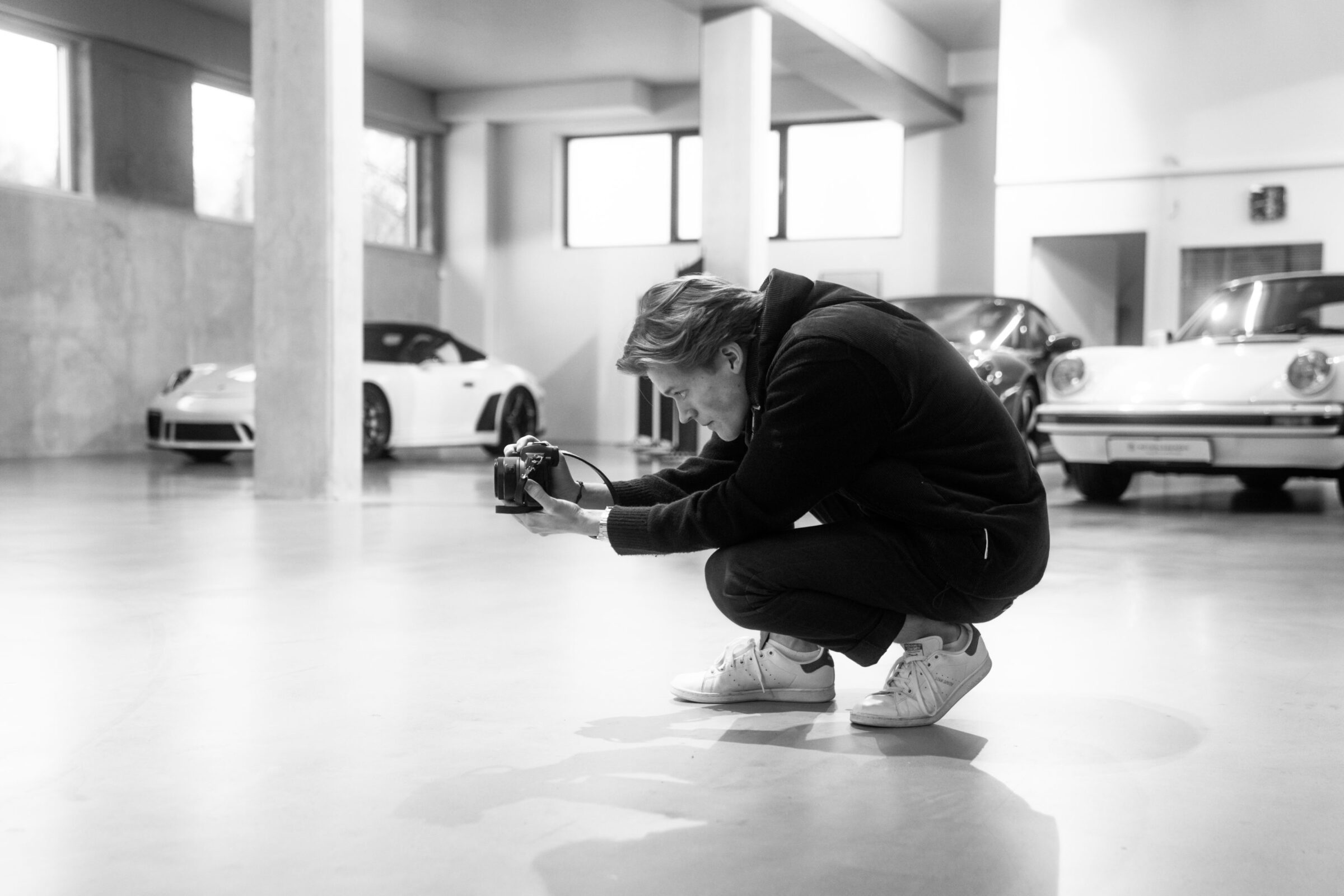Paddy Hopkirk in a classic Mini
1964 – Martin Luther King receives the Nobel Peaze Prize, Pope Paul VI is the first pontiff since 1814 to travel abroad, in Germany the crosswalk is included in the highway code, Nelson Mandela is sentenced to life imprisonment, US President Lyndon B. Johnson signs the Civil Rights Act to abolish racial segregation, in Japan the Shinkansen express train rolls onto the tracks, the Lockheed SR-71 ‘Blackbird’ is launched for the first time and Ford starts production of the Mustang in Dearborn/Michigan. These are just a few of the many more points that characterized this year. Directly in January 1964 a sportive event took place, which has been existing since 1911. Motorsport fans know it as the ‘Monte’, but nowadays they mostly have to rely on online streams if they want to know anything about the course and results. It was quite different in 1964, when this event was seen by many car manufacturers as a good opportunity to compete against each other with completely different concepts and this spectacle was shown live on television in full length. Among the participants were the large Ford Falcons from the USA with big V8 engines and the small and agile Mini Cooper S from Great Britain. Special handicap formulas in the regulations helped even weaker vehicles to stand a chance of winning.
Caviar in the toolbox
Shortly after the ‘Night of the Long Knives’, so called because of the knife-like headlight cones cutting through the night on their way over the mostly snow-covered Col de Turini, Patrick ‘Paddy’ Hopkirk from Northern Ireland in his Mini with the starting number 37 was a full 17 seconds behind the leading Swede Bo Ljungfeldt in a Ford Falcon. The toolbox in the trunk of the Mini contained a tin of caviar from Minsk, among other things. There Paddy Hopkirk and his co-driver Henry Liddon from England had set out to reach the start of the Monte Carlo Rally in Reims, France. At that time, it was still common practice before the rally to set off from various starting points in Europe by a rally ride, with the first bonus points already being awarded for distance and time keeping. Hopkirk had already made a name for himself by winning hillclimb races and five times on the Circuit of Ireland, as well as by successes in the Tulip Rally in the Netherlands, the Alpine Driving in Austria and the Safari Rally in Kenya. In 1962 he crossed the finish line of the Monte Carlo in third place with a Sunbeam Rapier.
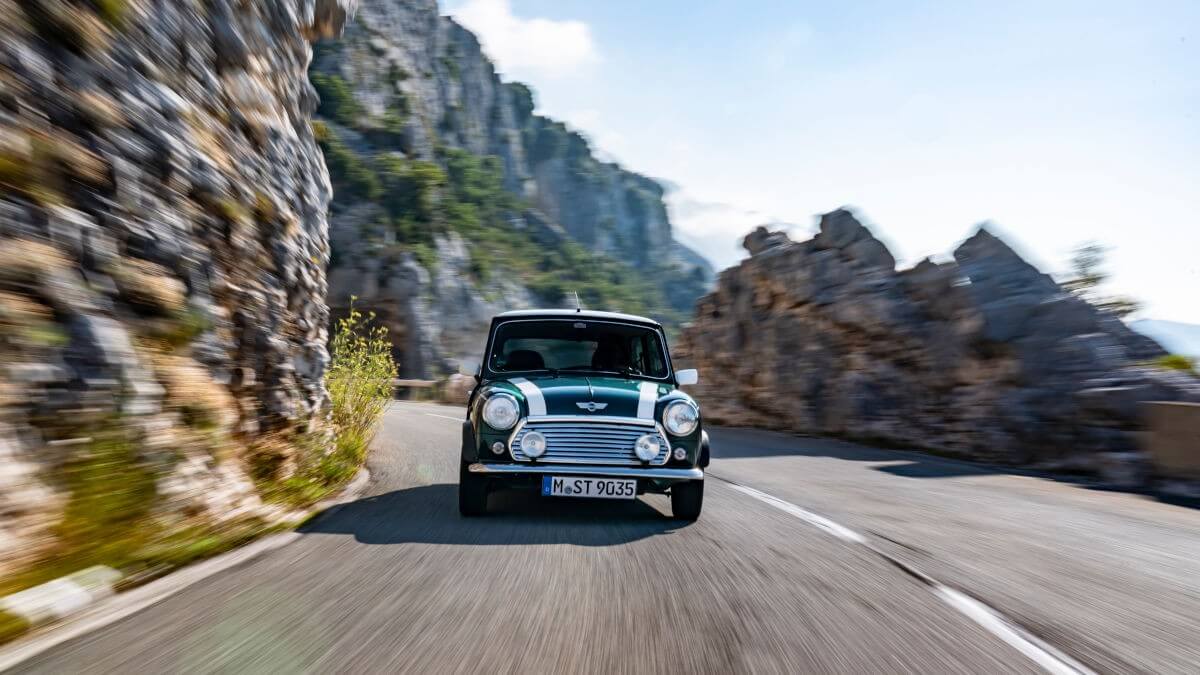



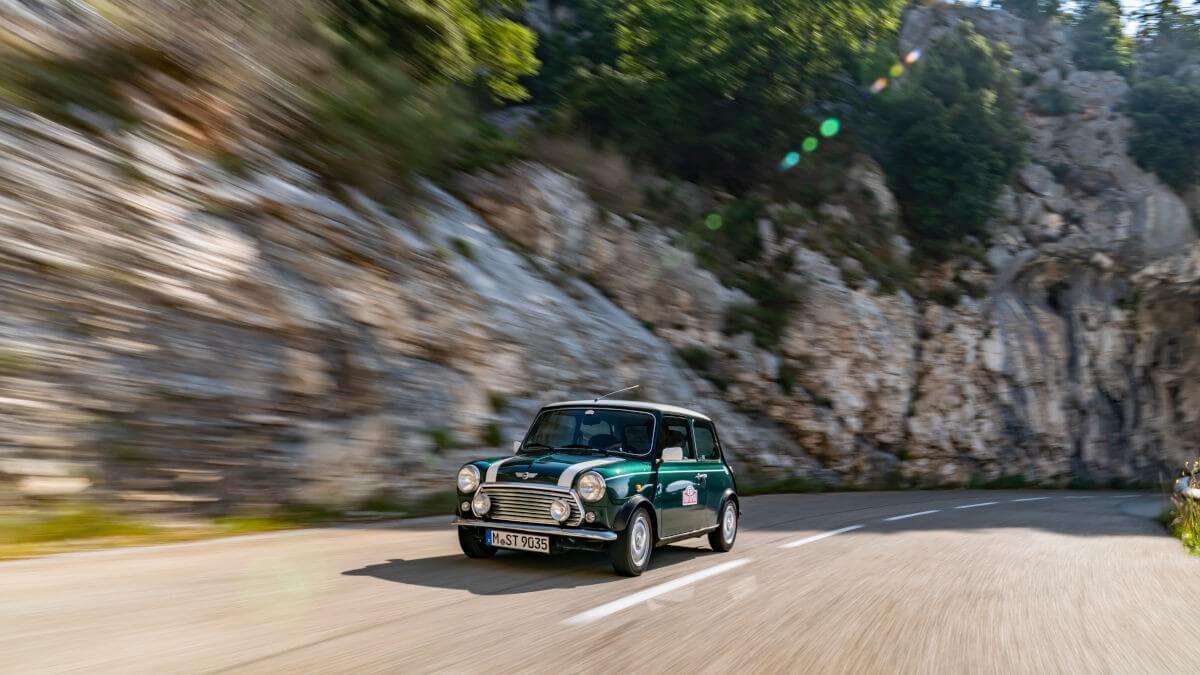



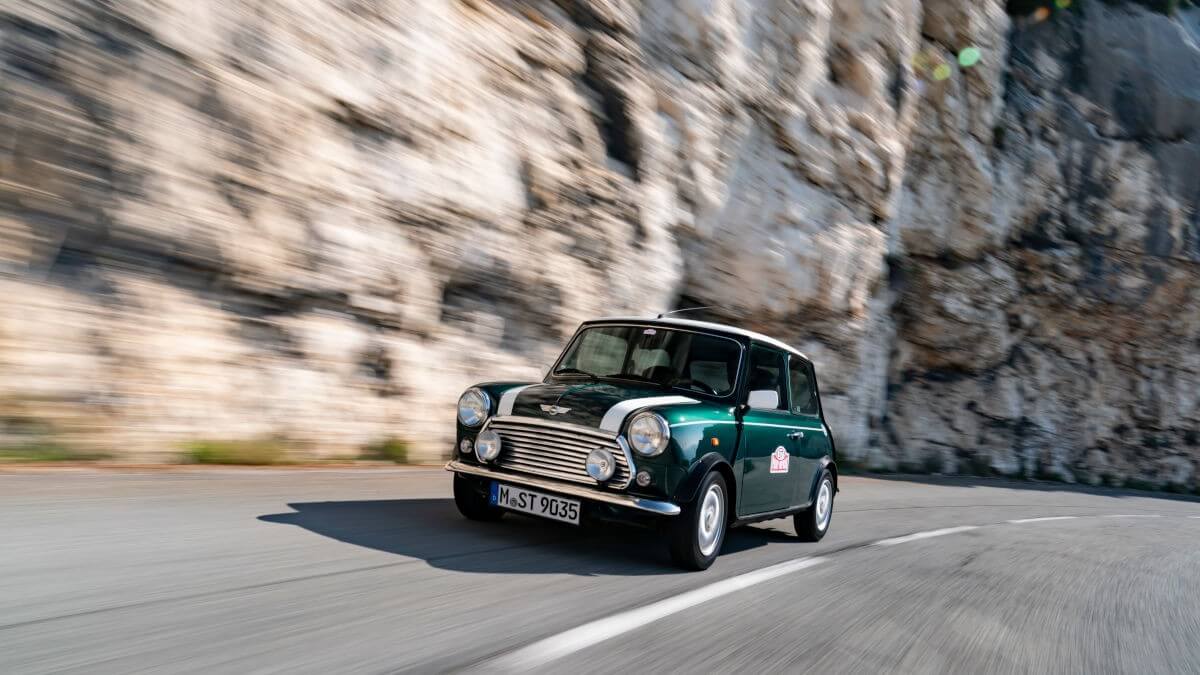



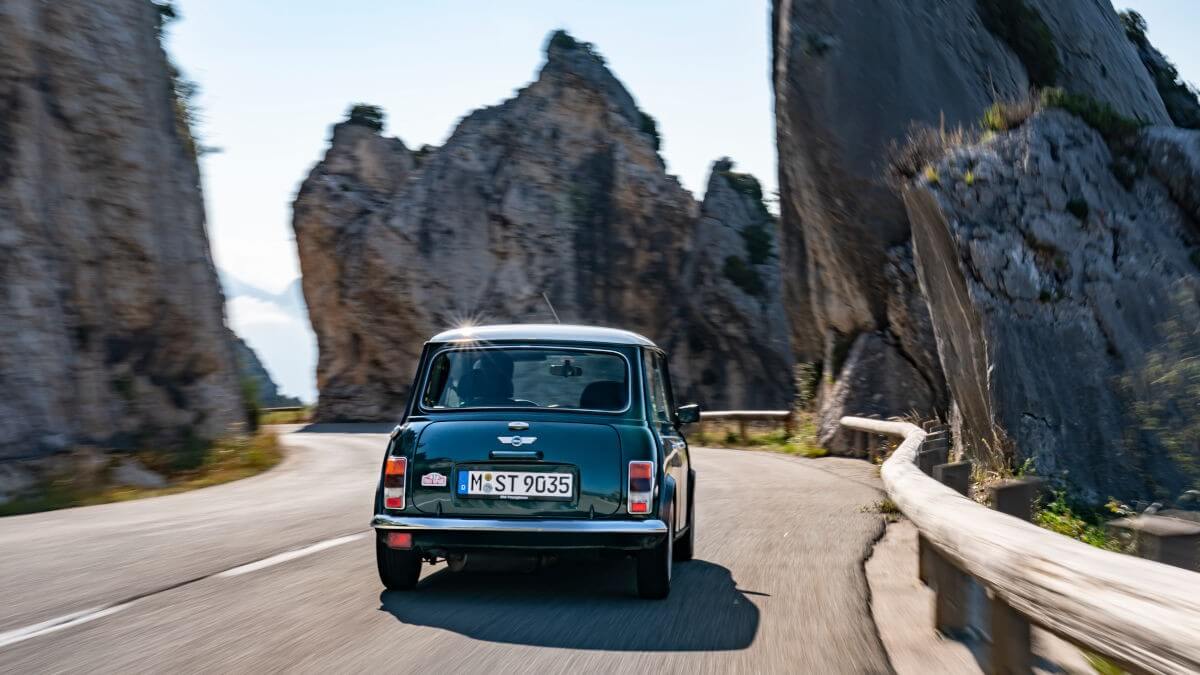



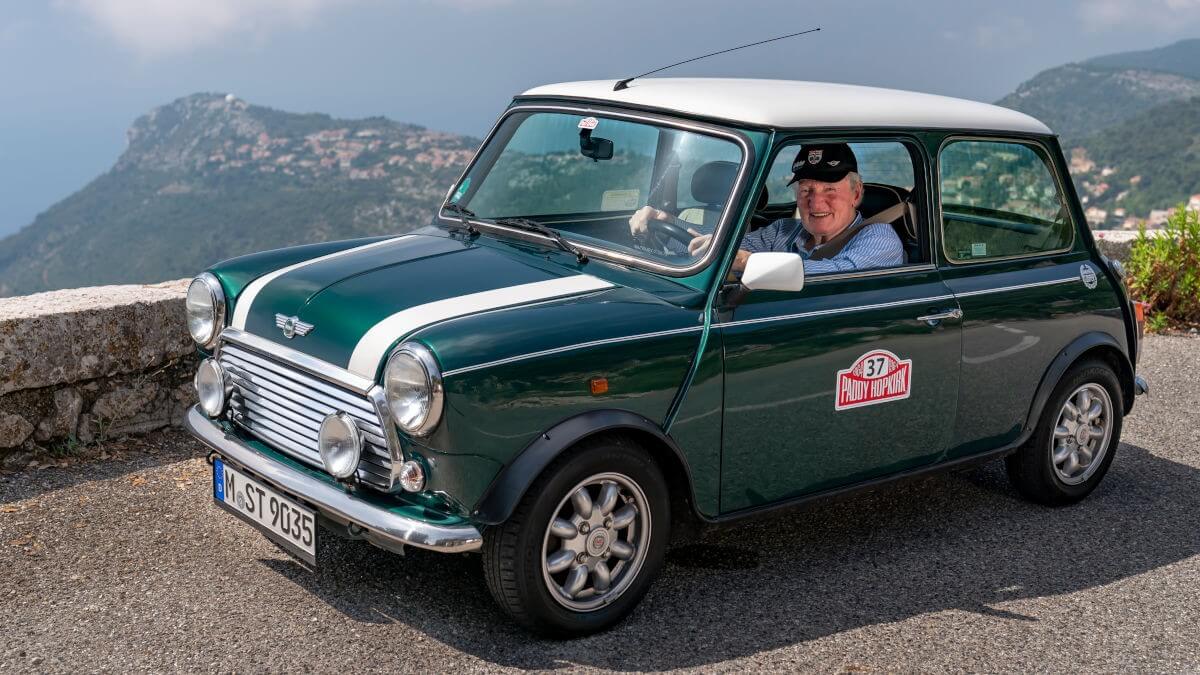



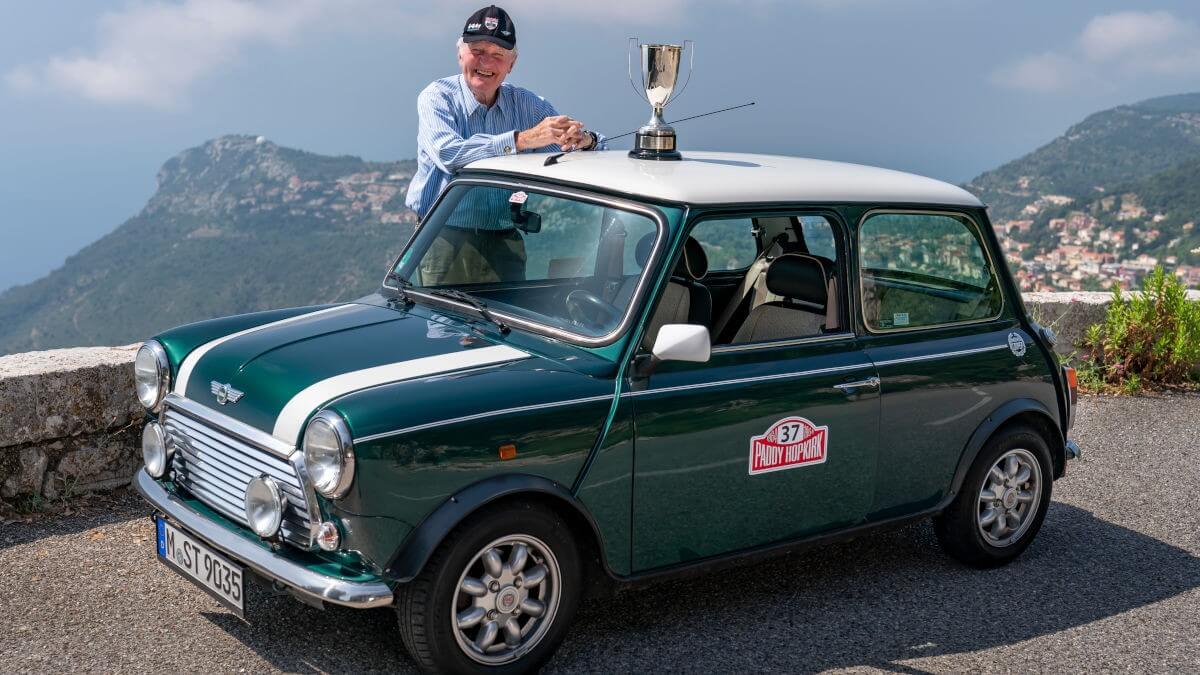



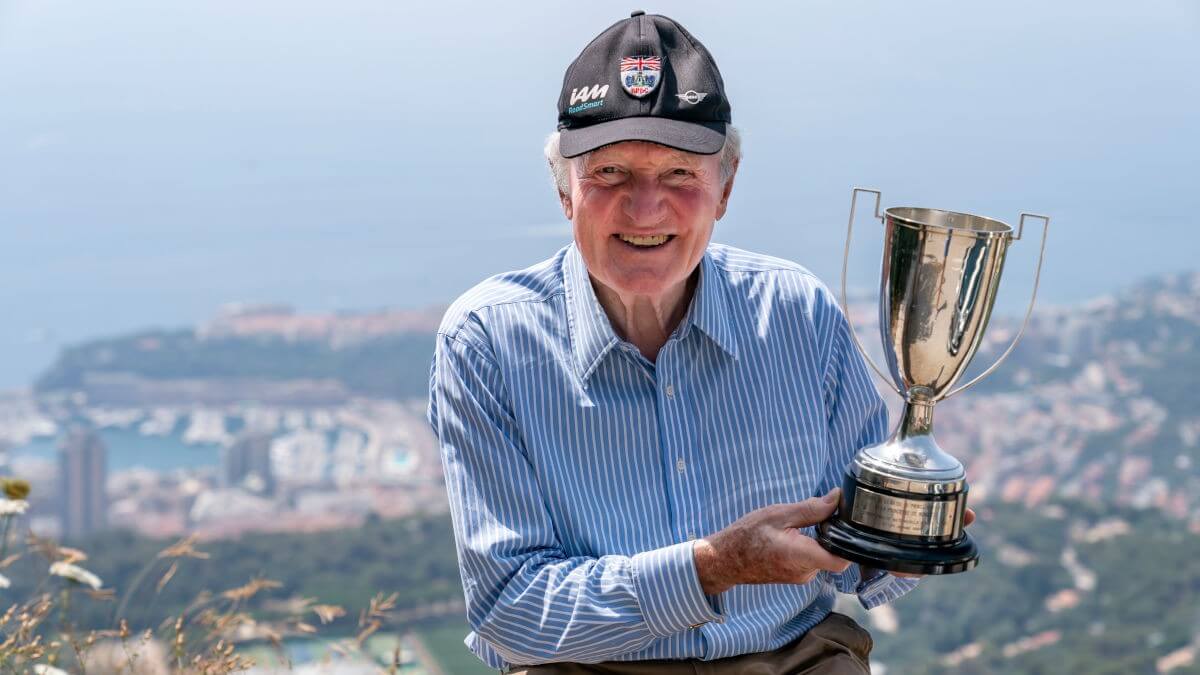



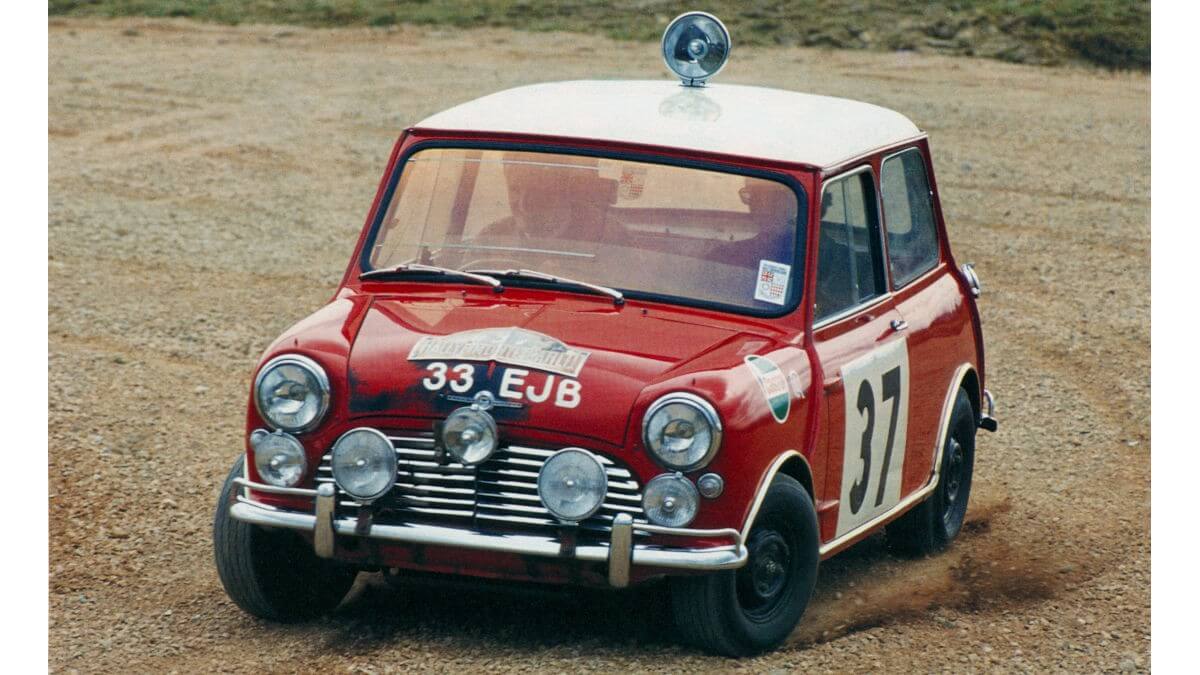



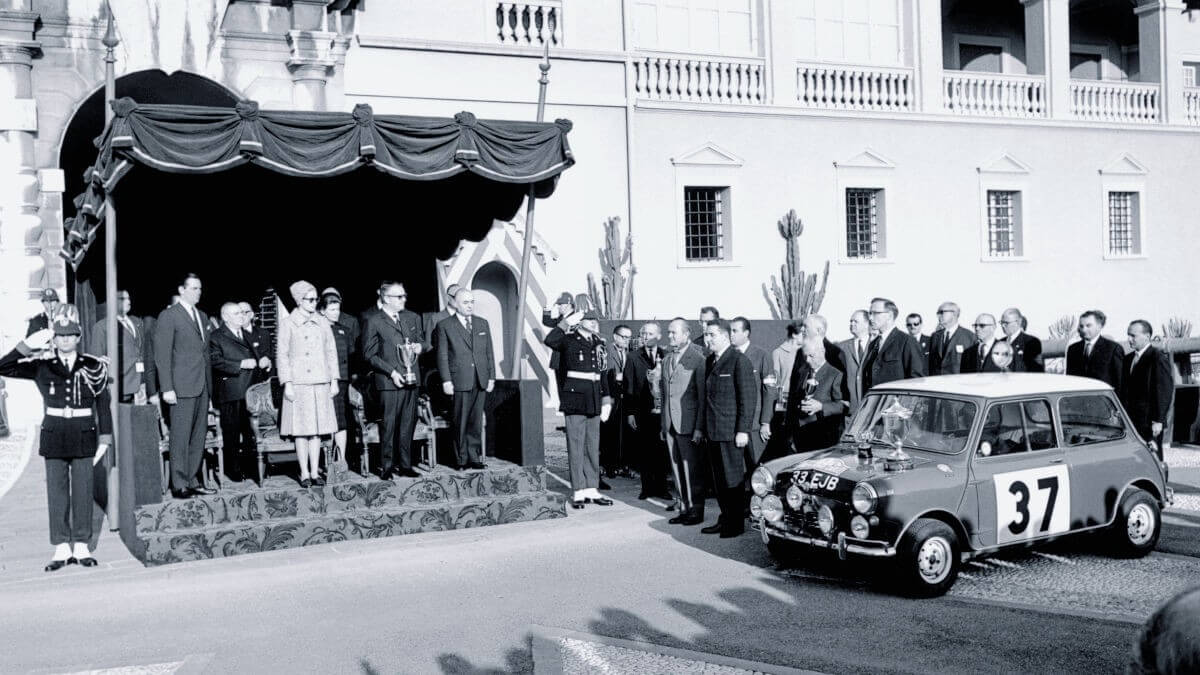



Due to the already mentioned handicap formula, neither the 17 seconds lead after the ‘Night of the Long Knives’ nor the 30 seconds at the circuit race on the Grand Prix circuit in Monte Carlo were enough to keep the small Mini Cooper S in check. After crossing the finish line, the times driven had to be compared and points awarded added up before it was finally clear: Paddy Hopkirk and the Mini Cooper S had won. The first overall victory for the British brand. His team colleagues Timo Mäkinen and Rauno Aaltonen followed in fourth and seventh place, but in turn won the Monte in 1965 and 1967. Only a few days later Hopkirk and his car appeared on the famous TV show ‘Sunday Night at the London Palladium’. Congratulatory telegrams from the British government, celebrities and fans further sweetened the victory. Even the Beatles sent an autograph card with the handwritten note: “Now you are one of us, Paddy!” He remained true to rallying until the early 1970s and was always a fair sportsman and gentleman, which he proved in 1968 at the London-Sydney Marathon, when he stopped in the lead to rescue a crashed team from a burning car.
Hopkirk still finds the ideal line
After his active motorsport career Hopkirk imported new cars to Northern Ireland and sold accessoires of his own brand. When BMW took over the Mini brand from Rover and repositioned it, he also worked as a consultant and is still an ambassador for the charity organization IAM RoadSmart, which is committed to road safety. He still remembers his successes in the Mini well: “The Mini was a very progressive car. Its front-wheel drive and transversely mounted engine were very advantageous, as was the fact that the car was small and roads were curve and narrow. Downhill, the Mini was particularly good, and the tests had all been uphill and downhill, so what we lost uphill we could make up for downhill”. Now he slipped behind the steering wheel of a classic Mini again in the best summer weather. However, this time it was a much newer road car in ‘British Racing Green’. Driving fun comes up fast anyway. The now 87-year-old Hopkirk also let this Mini whiz through the curves on the ideal line.
Images: Mini


